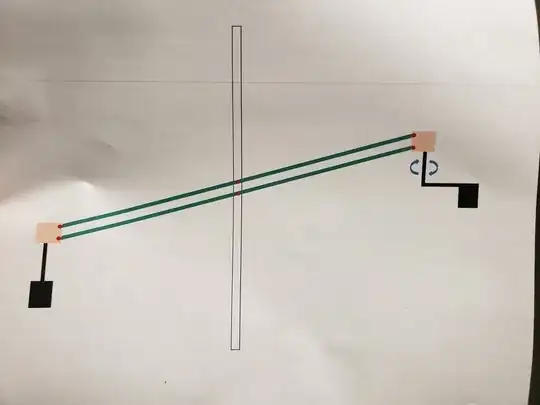I have here a lever with an equal weight on each end, but the weight on the right is offset and spins on a frictionless bearing.
When the weight is extended, the moment on that side is higher and drives the lever downwards, but when the weight is on the inside the moment is less and drives the lever upwards.
But that forms a perpetual motion machine, so I must be doing something wrong. But I can't for the life of me figure out what.
To be clear: as envisioned, torque is being applied. Work is being done. The gravitational potential energy of the system never changes, but its kinetic energy does. A marble placed on the lever at the bottom could ride the lever to the top, and then roll down a slide and get on at the bottom again.
Yes, I know that frictionless bearings are hypothetical. But even with frictionless bearings a machine shouldn't be able to do work - it should just spin aimlessly.
